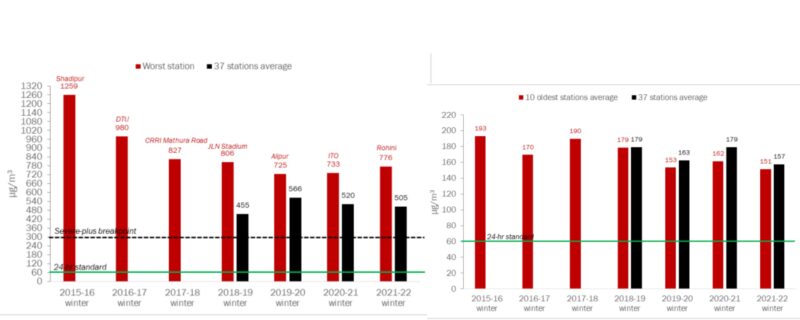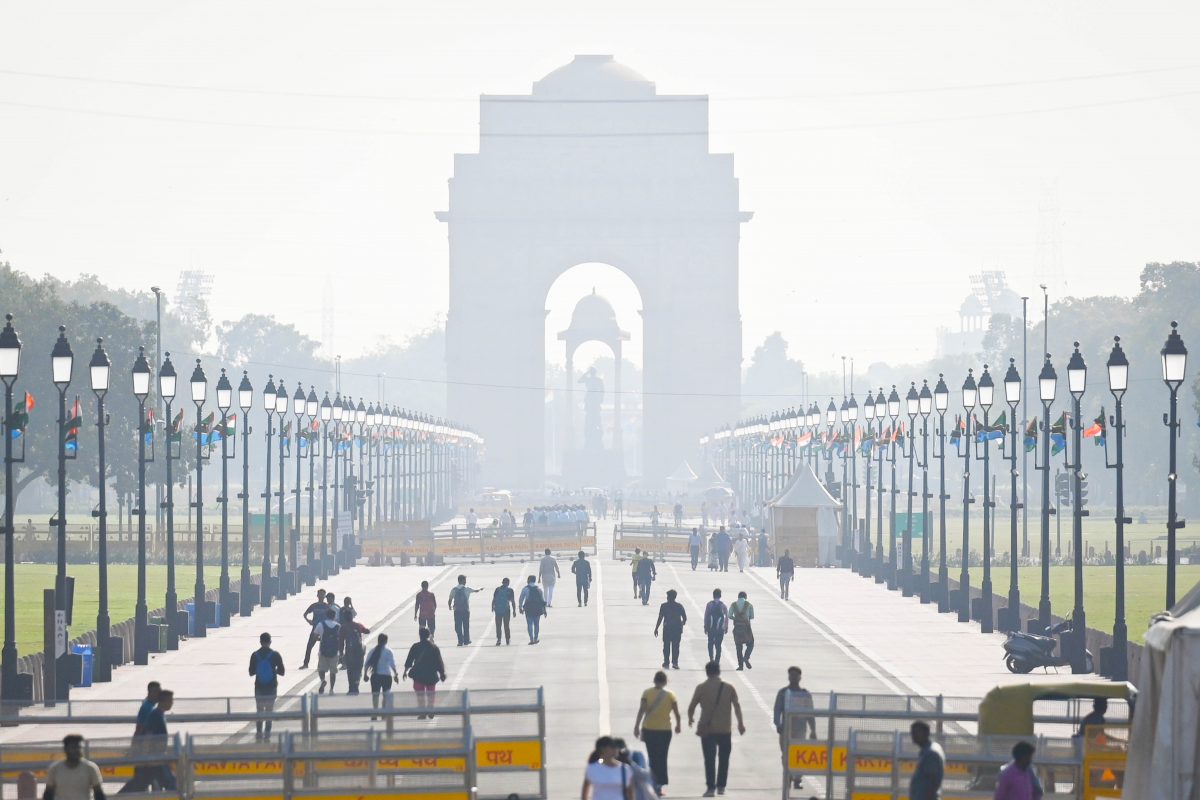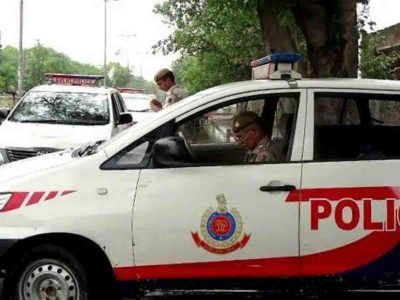On October 7, air quality in the national capital plunged to the ‘poor’ category. Some parts of Delhi also recorded an AQI of above 300, which is categorised as ‘severe’.
This comes after a recent report by Climate Trends and Respirer Living Sciences put Delhi on top of the list of 10 most polluted cities in the country from October 2022 to September 2023.
The report, based on the Central Pollution Control Board (CPCB) data, states that though Delhi’s air quality has improved marginally, it remained the most polluted city with a PM2.5 concentration of 100.1 micrograms/cubic metre (μg/m3).
This is more than thrice the government’s ‘good’ level and 20 times the World Health Organisation’s (WHO) safe limit.
From October 1, 2023, a revised version of Graded Response Action Plan (GRAP), a government air pollution control programme, has come into force in Delhi and 24 nearby districts, collectively known as the National Capital Region (NCR). The region has several places which frequently top in Indian and global air pollution rankings.
Delhi saw a four per cent improvement in air quality over the previous year with average PM 2.5 levels between Oct 2021 – Sept 2022 at 103.9 μg/m3 compared to 100 μg/m3 in Oct 2022 – Sept 2023 period.
“The PM 2.5 numbers over the past few years have shown improvement. It has come down from the usual 135 μg/m3 five years ago. But compared to last year it has shown only marginal improvement,” says Ronak Sutaria, founder and CEO, Respirer Living Sciences.
However, Delhi still remains at the top of the most polluted cities’ list, he adds.
“Indeed, the PM 2.5 level has reduced but justifying it with numbers doesn’t really work. The new reports clearly point out that Delhi is still India’s most polluted city. There have been good interventions but the major issue with most of them is they work for GRAP and not round the year,” says Bhavreen Kandhari, an environmentalist and founding member of Warrior Moms — a collective of mothers from all over India fighting for children’s right to breathe clean air.
Earlier, on September 29, while announcing the Winter Action Plan, Delhi Chief Minister Arvind Kejriwal claimed a 30% reduction in air pollution in Delhi.
“In 2014, PM2.5 (one of the chief pollutants) used to be 149, today it is 103. In 2014, PM10 used to be 324, today it is 223; there is about a 30% reduction in air pollution,” he said while addressing the press conference.
Has the pollution level gone down?

According to Air Quality Tracker Initiative 2023 report by Centre for Science & Environment (CSE), Delhi’s seasonal air quality for winter (Oct 1 to Feb 28) used to hover around 180-190 µg/m3 before pandemic and for last three winters it has come down to 150-160 µg/m3.
Still dangerous
Despite this improvement, the seasonal average is still over 150% above the 24-hour standard and almost 4-times the annual standard.
This trend is consistent with the long-term trend in Delhi’s peak pollution level during winter.
What has worked for Delhi?
“The interventions especially like the introduction of EV (Electric Vehicles) take care of a percentage of the problem. Typically, transportation emissions and vehicular emissions are considered to contribute 25-30% to Delhi’s pollution,” explains Sutaria.
In the last few years, Delhi has shifted major polluting industries in the NCR region. One part of the problem is that the cities on the periphery of Delhi still lack regulation and the enforcement is not adequate at all.
So, pollution from all these regions is why the air quality is still not good in Delhi, he explains.
“The government is constructing flyovers, wider roads but still not adequately focusing on the sustainable ways of commuting like walking or cycling. These need to be taken into consideration if we want our children to breathe clean air,” adds Kandhari.
Also, we need better enforcement of waste management rules as open burning is still a major contributor, she adds.
When asked about what should be the focus, Sutaria said, “Transportation emissions and vehicular emissions. The big challenge, however, is the industrial emission and construction dust which has not been adequately addressed.”
The Indo-Gangetic plain air pollution is a big worry. The report highlights seven cities in the top 10 from Delhi-NCR and Bihar, both part of the Indo-Gangetic Plain.
Patna, though in second place at 99.7 μg/m3, saw a 24% deterioration in air quality over the previous year.
“The analysis reflects improvement in the Indo-Gangetic Plain cities over the last few years. However, considering the enormous pollution load, these cities continue to experience the highest PM levels in the country,” says Aarti Khosla, Director, Climate Trends.





